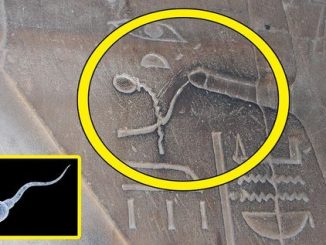The allure of ancient artifacts often transports us back in time, offering glimpses into the lives, beliefs, and creativity of civilizations long past. One such intriguing relic is the Yue Stoneware Water-dropper Vessel, originating from the Western Jin Dynasty (265-316 CE), discovered in Shanglinhu, Zhejiang province, in south China. This vessel, fashioned in the form of a frog or a toad holding an ear or wine cup, not only showcases the artistic prowess of its creators but also sheds light on the cultural and historical context of its era. Join me as we delve into the depths of archaeology to uncover the stories encapsulated within this remarkable artifact.
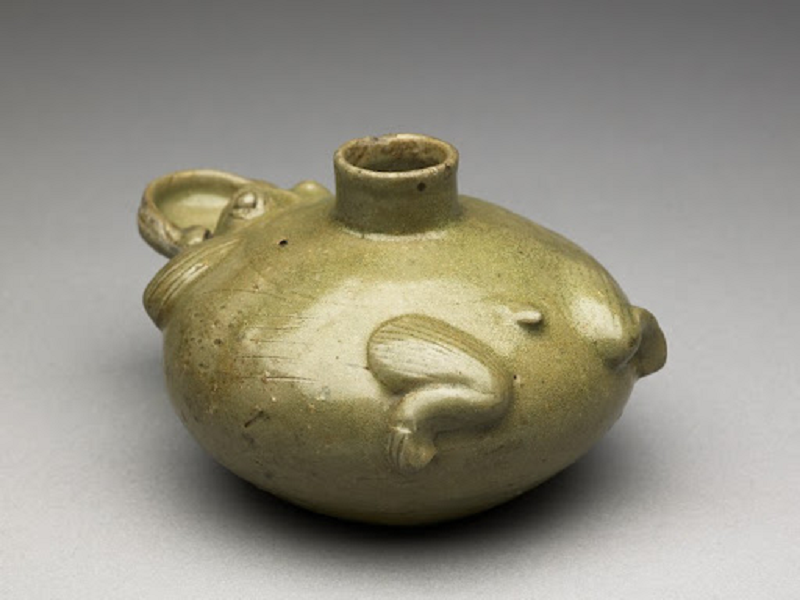
The Western Jin Dynasty marked a pivotal period in Chinese history, characterized by political upheavals, cultural transformations, and artistic flourishing. It emerged amidst the chaos of the Three Kingdoms period and laid the foundation for the subsequent Southern and Northern Dynasties era. During this time, advancements in technology, trade, and artistic expression flourished, leaving behind a rich tapestry of artifacts that continue to intrigue scholars and enthusiasts alike.
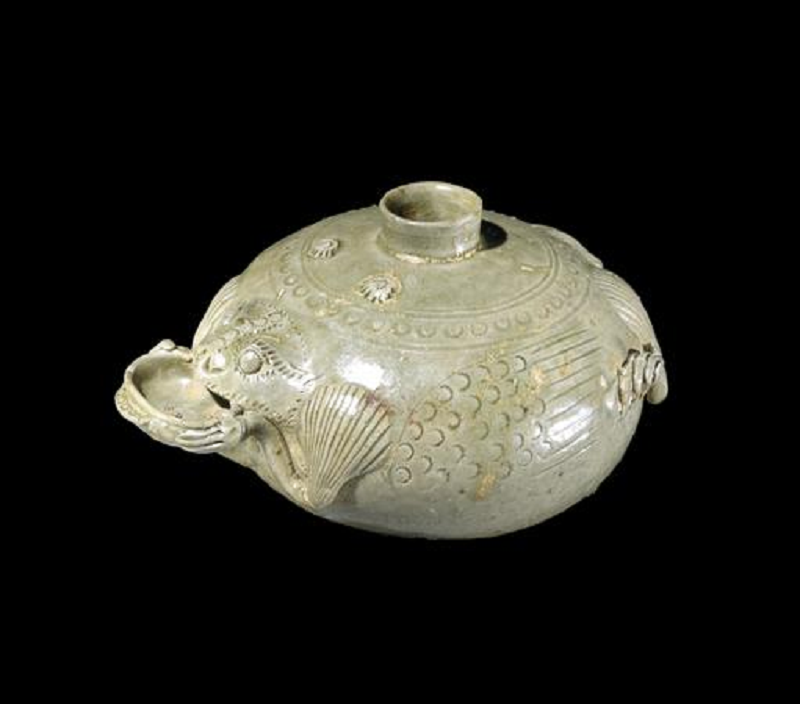
The Yue Stoneware Water-dropper Vessel discovered in Shanglinhu exemplifies the exquisite craftsmanship and imaginative spirit of the era. Crafted from durable stoneware, the vessel showcases intricate details, with the figure of a frog or a toad meticulously molded to perfection. The choice of form, a frog or a toad, holds symbolic significance in Chinese culture, often associated with prosperity, fertility, and transformation. Additionally, the inclusion of an ear or wine cup in the creature’s grasp adds layers of meaning, hinting at rituals or social customs prevalent during the Western Jin Dynasty.

Scholars believe that vessels such as these served practical functions in ancient Chinese households, used as water droppers for calligraphy or ink mixing. However, beyond their utilitarian purpose, these artifacts served as vessels of cultural expression, reflecting the beliefs, aesthetics, and values of their creators. The meticulous craftsmanship and attention to detail invested in such objects underscored the importance of artistry and aesthetics in ancient Chinese society.
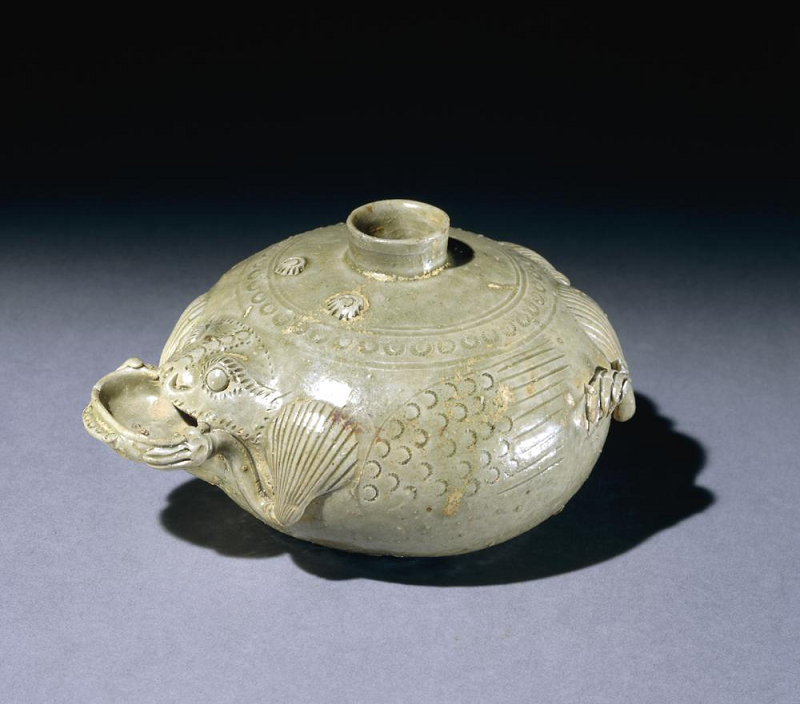
Moreover, the discovery of the Yue Stoneware Water-dropper Vessel in Shanglinhu provides valuable insights into the regional variations and trade networks of the Western Jin Dynasty. Zhejiang province, nestled in the fertile valleys of south China, served as a hub of cultural exchange and artistic innovation during this period. The intricate designs and stylistic elements of the vessel suggest influences from indigenous traditions as well as interactions with neighboring regions, highlighting the interconnectedness of ancient Chinese civilizations.
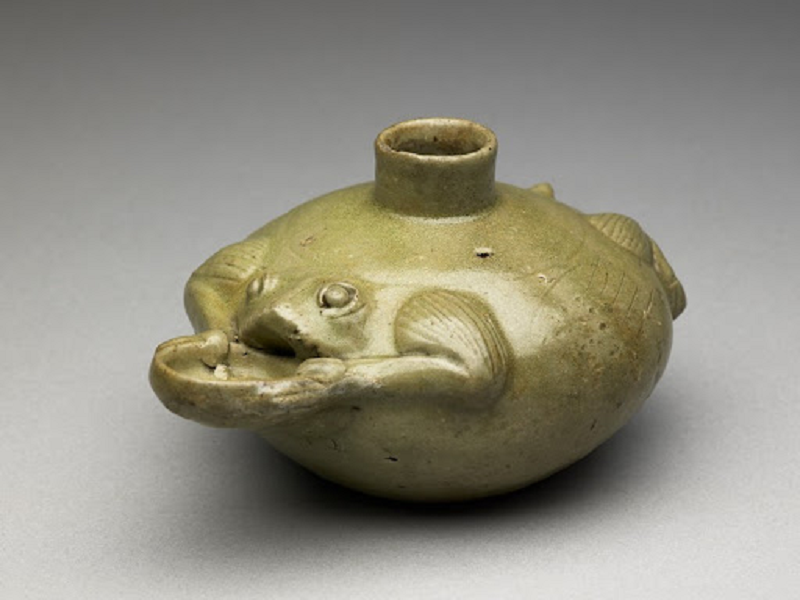
As we unravel the mysteries of this ancient artifact, we are reminded of the resilience and creativity of the human spirit across time and space. The Western Jin Dynasty may have faded into the annals of history, but its legacy endures through artifacts such as the Yue Stoneware Water-dropper Vessel, which continue to captivate our imagination and ignite scholarly inquiry.
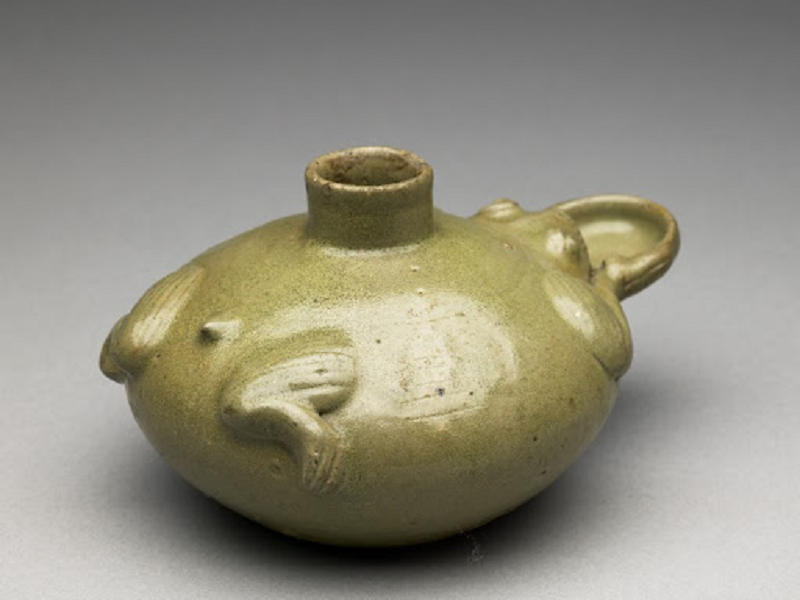
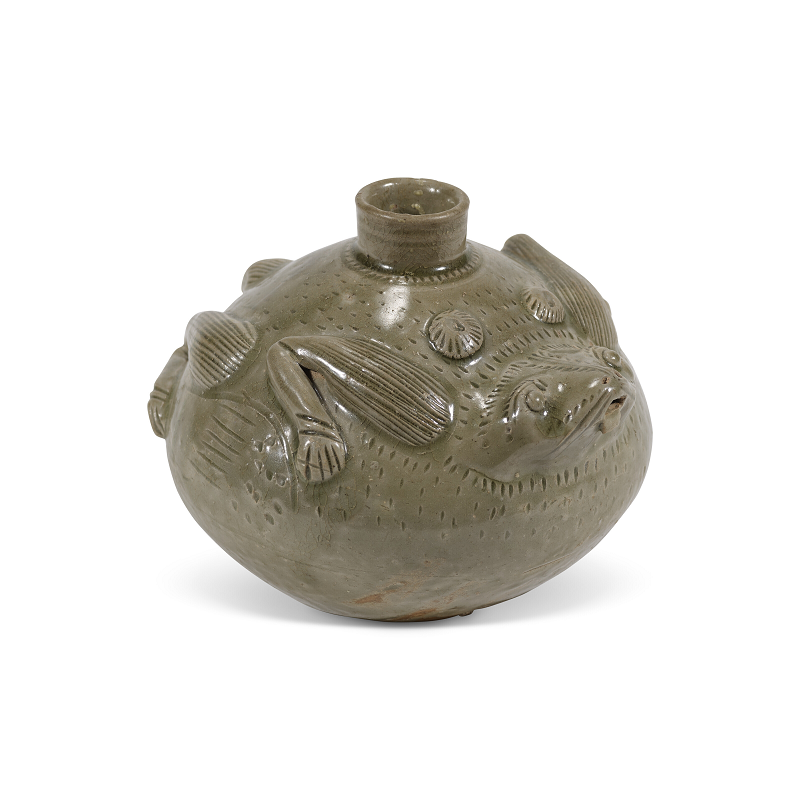
In the realm of archaeology, every artifact tells a story—a tale of human ingenuity, cultural exchange, and historical significance. The Yue Stoneware Water-dropper Vessel from the Western Jin Dynasty serves as a poignant reminder of the vibrancy and diversity of ancient Chinese civilizations. Through its intricate craftsmanship and symbolic motifs, it invites us to embark on a journey through time, exploring the complexities of an era long past. As we gaze upon this remarkable relic, let us not only admire its beauty but also honor the legacy of those who came before us, whose lives and aspirations are immortalized in the silent whispers of history.


